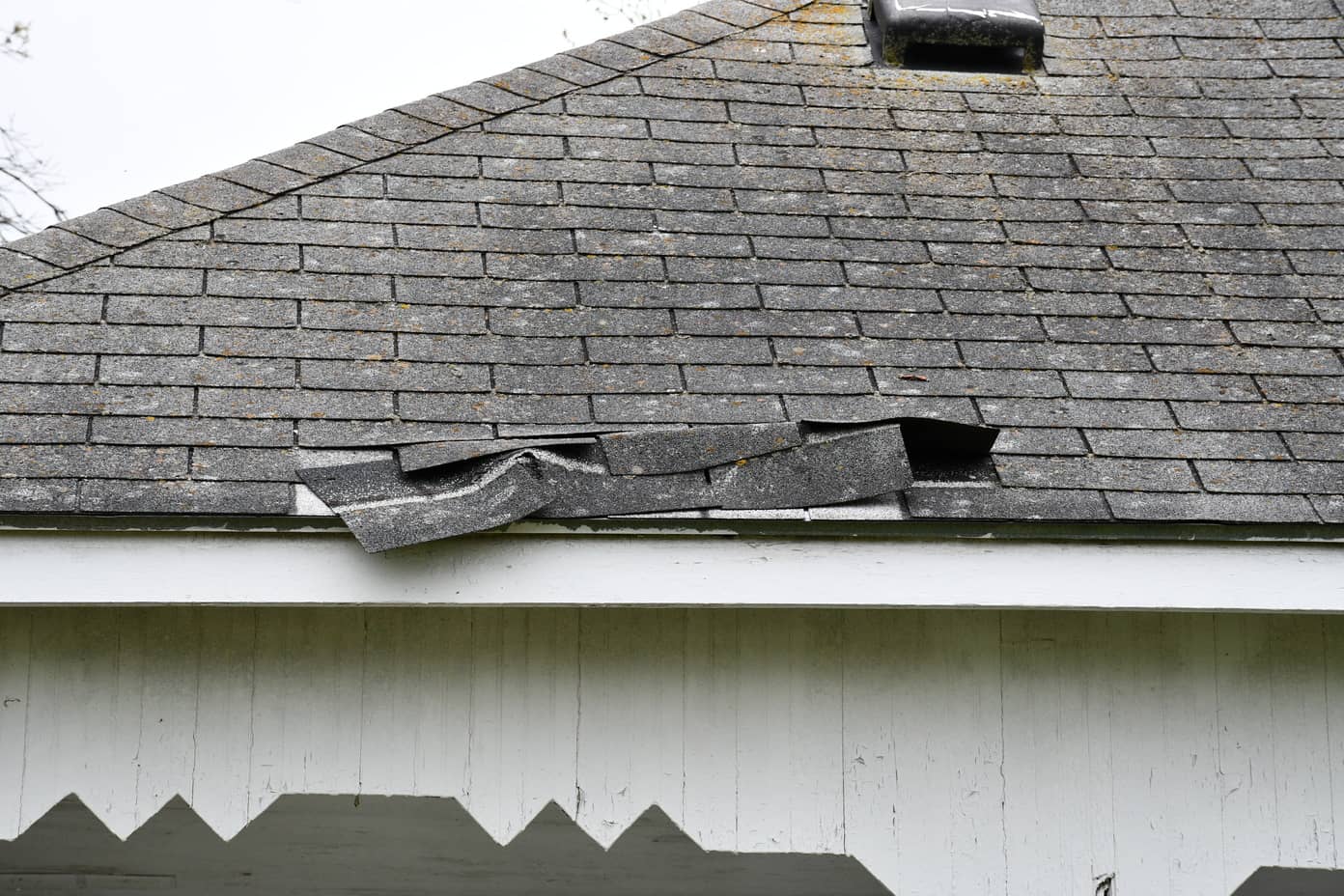

Articles
How Do You Know When You Need A New Roof
Modified: January 8, 2024
Discover when it's time for a new roof with our informative articles. Learn the signs to look for and ensure your home stays protected.
(Many of the links in this article redirect to a specific reviewed product. Your purchase of these products through affiliate links helps to generate commission for Storables.com, at no extra cost. Learn more)
Introduction
When it comes to protecting your home, few things are as important as a sturdy and reliable roof. Your roof plays a critical role in safeguarding your house and its occupants from the elements, such as rain, snow, wind, and extreme temperatures. Over time, however, roofs can deteriorate and become less effective in providing this essential protection.
Knowing when you need a new roof is crucial to prevent further damage to your home and ensure the safety of your family. While the lifespan of a roof varies depending on factors such as materials used, climate, and maintenance, there are certain telltale signs to look for that indicate it’s time for a roof replacement.
In this article, we will explore the key indicators that it may be time to replace your roof, from visible damage to the age of the roof itself. By familiarizing yourself with these signs, you can take proactive measures to address any issues before they escalate into costly repairs or pose a risk to your property.
Key Takeaways:
- Regular roof inspections and proactive maintenance are essential to extend the life of your roof, prevent major damage, and avoid costly repairs or replacements.
- Hiring a professional roofer is crucial for accurate assessments, high-quality workmanship, and excellent service, ensuring the long-term health and protection of your home.
Read more: How Do You Know When You Need A New Mattress
Understanding Roof Lifespan
The lifespan of a roof can vary depending on several factors, including the type of roofing material, the quality of installation, and the climate in which you live. While there is no exact expiration date for roofs, understanding their typical lifespan can help you determine when it’s time for a replacement.
Here’s a breakdown of the average lifespan for common roofing materials:
- Asphalt Shingles: Asphalt shingles are one of the most popular roofing materials due to their affordability and durability. On average, asphalt shingle roofs can last anywhere from 20 to 30 years. However, factors such as climate, sun exposure, and regular maintenance can affect their lifespan.
- Metal Roofs: Metal roofs are known for their longevity and can last for 40 to 70 years. They are highly resistant to extreme weather conditions, such as hail and wind, and are also fire-resistant. Metal roofs require minimal maintenance and are an excellent choice for homeowners looking for a long-lasting and eco-friendly option.
- Wood Shakes and Shingles: Wood shakes and shingles have a lifespan of around 20 to 40 years. They offer a natural and rustic aesthetic but require regular maintenance to prevent moisture damage and potential rot. Proper installation and routine upkeep can help maximize their lifespan.
- Slate and Tile Roofs: Slate and tile roofs are renowned for their durability and longevity. With proper maintenance, these roofs can last anywhere from 50 to over 100 years. Their superior resistance to harsh weather conditions and fire makes them a premium choice for homeowners seeking a long-lasting roofing solution.
It’s important to note that these estimations are based on average conditions, and individual factors can impact the lifespan of your roof. Regular inspections and proactive maintenance can help extend the life of your roof and prevent premature replacement.
Signs of Roof Damage
Identifying signs of roof damage is crucial in determining whether you need a new roof. While some issues may be easily visible, others require a closer inspection to uncover. Here are some common signs of roof damage to look out for:
- Leaks and Water Damage: One of the most obvious signs of roof damage is water leaks and stains on your ceiling or walls. If you notice water spots or discoloration, it’s an indication that there is a breach in your roof that needs immediate attention. Water damage can lead to mold growth, structural problems, and further deterioration of your roof.
- Missing or Damaged Shingles: Inspect your roof for any missing or damaged shingles. High winds, storms, and general wear and tear can cause shingles to become loose, cracked, or completely dislodged. Missing shingles expose the underlying layers of the roof, making it vulnerable to water penetration and other forms of damage.
- Curling or Buckling Shingles: Another sign of roof damage is curling or buckling shingles. This usually occurs due to age, improper installation, or poor ventilation in the attic. Curled or buckled shingles are less effective in protecting your roof, as they can allow water to seep underneath and lead to further damage.
- Granule Loss: Check your gutters or downspouts for an accumulation of granules. Asphalt shingles have a protective layer of granules that can wear off over time. Excessive granule loss indicates that the shingles are aging and may need to be replaced.
- Roof Sagging: A sagging roof is a clear sign of significant structural damage. It can be caused by several factors, including water damage, weakened rafters, or an overloaded roof due to excessive weight such as heavy snow accumulation. A sagging roof should be addressed immediately, as it poses a serious safety risk.
If you observe any of these signs of roof damage, it’s essential to take prompt action. Ignoring the issues can lead to further damage to your home and potential safety hazards. Remember that professional roof inspections and maintenance can help identify and address problems before they become extensive and expensive to repair.
Leaks and Water Damage
One of the most significant signs of roof damage is the presence of leaks and water damage within your home. Water is a destructive force that can penetrate through even the smallest cracks or openings in your roof, causing extensive damage to the structure and interior of your house.
Here are some key points to consider when it comes to leaks and water damage:
- Identification of leaks: The most obvious indication of a leak is the appearance of water stains on your ceiling or walls. These stains may vary in size and shape and are typically brown or yellowish in color. In some cases, you may also notice mold or mildew growth in areas affected by water penetration.
- Causes of leaks: Leaks can occur for various reasons, including damaged or missing shingles, worn-out flashing, cracked or deteriorated roof vents, or improper installation. Roof leaks can also be caused by issues with the underlying structure, such as damaged or deteriorated roof decking or broken seals around chimneys or skylights.
- Consequences of water damage: Ignoring or delaying repairs to a leaking roof can lead to severe consequences. Water can seep into the insulation, ceiling, and walls, causing rot, mold growth, and structural damage. These issues not only compromise the integrity of your home but also pose health risks to you and your family due to the presence of mold and moisture-related problems.
- Locating the source of the leak: Detecting the exact source of a roof leak can be challenging, as water can travel along the roof’s internal structure before appearing in your home. It’s best to consult with a professional roofer who can conduct a thorough inspection and use specialized tools such as moisture detectors or infrared cameras to identify the exact point of entry.
- Addressing the issue: It’s essential to tackle roof leaks promptly to prevent further damage. Temporary fixes such as using a tarp or sealant may provide temporary relief, but they are not a long-term solution. Hiring a professional roofer to assess the extent of the damage and perform the necessary repairs or recommend a roof replacement is the best course of action.
Remember, leaks and water damage should never be ignored. Regular roof inspections and addressing any signs of leakage promptly can help preserve the integrity of your home and extend the lifespan of your roof.
Missing or Damaged Shingles
One of the most visible signs of roof damage is the presence of missing or damaged shingles. Shingles are the outermost layer of protection for your roof, and any issues with them can leave your home vulnerable to water infiltration, structural damage, and other potential problems.
Here are some important points to consider when it comes to missing or damaged shingles:
- Identification of missing shingles: Perform a visual inspection of your roof to check for any areas where shingles are completely absent or visibly dislodged. Look for gaps or areas where the underlayment is exposed.
- Causes of missing shingles: High winds, severe storms, and general wear and tear over time can cause shingles to become loose or completely blow off. Additionally, poor installation, improper nailing, or using low-quality materials can also contribute to shingle damage and loss.
- Identification of damaged shingles: Even if the shingles are still intact, they may exhibit signs of damage or deterioration. This can include cracking, curling, blistering, or buckling. Damaged shingles can compromise the effectiveness of your roof in protecting against water and other elements.
- Consequences of missing or damaged shingles: Missing or damaged shingles expose the underlying layers of your roof, including the underlayment and decking. This leaves your home susceptible to leaks, water damage, rot, and potential structural issues. It’s crucial to address these issues promptly to prevent further damage and costly repairs.
- Repairing or replacing shingles: If the damage is limited to a few shingles, they can be individually replaced by a professional roofer. However, if a significant portion of the roof is affected, it may be more practical and cost-effective to consider a roof replacement. A professional roofer will assess the extent of the damage and provide recommendations based on the overall condition of your roof.
Remember, missing or damaged shingles are not just a cosmetic concern. They can compromise the integrity of your roof, leading to potential structural and water damage. Regular inspections and proactive maintenance can help ensure that any issues with shingles are addressed promptly to protect your home and extend the lifespan of your roof.
Read more: How Do You Know If You Need A New Water Pump
Curling or Buckling Shingles
Curling or buckling shingles are common signs of roof damage that should not be overlooked. These issues can compromise the functionality and effectiveness of your roof, leading to potential leaks, water damage, and further deterioration.
Here are some important points to consider when it comes to curling or buckling shingles:
- Identification of curling shingles: Curling shingles can be identified when the edges of the shingles start to lift or curl upwards. This can occur due to various factors, such as age, improper ventilation, or poor installation.
- Identification of buckling shingles: Buckling shingles appear wavy or distorted, with the middle part of the shingle protruding upwards. This can happen when the shingles are not properly fastened or if there is excessive moisture trapped underneath.
- Causes of curling or buckling shingles: Several factors can contribute to the curling or buckling of shingles. Inadequate attic ventilation can lead to excessive heat buildup, causing the shingles to expand and contract, leading to curling. Similarly, poor installation practices, such as improper nailing or incorrect shingle placement, can cause buckling.
- Consequences of curling or buckling shingles: Curling or buckling shingles can create gaps and openings in your roof, allowing water to seep underneath. This can lead to leaks, moisture damage, and the overall deterioration of your roofing system. Additionally, these issues can also affect the aesthetic appeal of your home.
- Addressing the issue: It’s essential to address curling or buckling shingles promptly to prevent further damage. Depending on the extent of the issue, a professional roofer may recommend repairs or replacement of the affected shingles. In some cases, if the problem is widespread or if the shingles are reaching the end of their lifespan, a complete roof replacement may be necessary.
Regular roof inspections and maintenance can help identify and address curling or buckling shingles early on, mitigating potential damage and extending the life of your roof. Consulting with a professional roofer is highly recommended to accurately diagnose the issue and determine the most suitable course of action.
Inspect your roof regularly for signs of damage such as missing shingles, leaks, or sagging areas. If you notice any of these issues, it may be time for a new roof.
Granule Loss
Granule loss is a common issue that can occur with asphalt shingle roofs over time. Asphalt shingles are designed with a protective layer of granules that help shield the shingles from the sun’s UV rays and provide durability. However, as the shingles age, it’s normal for some granules to wear off. Excessive granule loss, however, can be a cause for concern.
Here are some important points to consider when it comes to granule loss:
- Identification of granule loss: Granule loss is typically identified by the presence of granules in your gutters, downspouts, or around the perimeter of your home. You may also notice areas on your roof where the shingles appear bald or less granulated.
- Causes of granule loss: Granule loss can occur due to a variety of factors. Over time, natural weathering, exposure to the sun’s UV rays, and general wear can cause the granules to wear off. Poor manufacturing quality, improper installation, or foot traffic on the roof can also contribute to accelerated granule loss.
- Consequences of granule loss: The granules on asphalt shingles serve several important purposes. They protect the underlying asphalt layer from sunlight, provide fire resistance, and improve the aesthetics of the roof. Excessive granule loss can lead to accelerated deterioration of the shingles, reduced protection against the elements, and a shorter lifespan for your roof.
- Addressing the issue: If you notice significant granule loss on your roof, it’s essential to have it evaluated by a professional roofer. They can determine the extent of the granule loss and recommend the best course of action. In some cases, a roof repair may be sufficient, such as applying a sealant to reduce further granule loss. However, if the granule loss is severe or if your roof is nearing the end of its lifespan, a roof replacement may be recommended.
Regular roof inspections, especially after severe weather events, can help identify any excessive granule loss early on. Taking proactive measures to address granule loss will help ensure the longevity and performance of your roof.
Roof Sagging
Roof sagging is a serious issue that should not be ignored, as it indicates significant structural damage to your roof. A sagging roof not only compromises the integrity of your home but also poses safety risks to you and your family. It’s crucial to address this issue promptly to prevent further damage and ensure the safety of your property.
Here are some important points to consider when it comes to roof sagging:
- Identification of roof sagging: Roof sagging is usually visibly apparent, with a noticeable dip or depression in the roofline. You may also observe misaligned or cracked rafters, sagging ridge lines, or visible signs of stress on the interior or exterior walls.
- Causes of roof sagging: Several factors can contribute to roof sagging. These include excessive weight on the roof, such as heavy snow accumulation, an inadequate or damaged support structure, water damage, termite infestation, or poor construction practices. Over time, these issues can lead to the weakening of the roof structure, resulting in sagging.
- Consequences of roof sagging: Roof sagging can lead to a host of problems. It can cause stress on the overall structure, leading to cracks in the walls, sagging ceilings, and even collapse in extreme cases. Additionally, a sagging roof can also create gaps and openings, making it easier for water to penetrate and cause further damage, including mold growth and rot.
- Addressing the issue: Roof sagging is not a DIY fix and requires immediate professional attention. A specialist roofer or a structural engineer should be consulted to assess the extent of the damage and recommend necessary repairs. Depending on the severity of the sagging, reinforcement of the roof support structure or even a complete roof replacement may be required.
If you notice any signs of roof sagging, it’s crucial not to delay in seeking professional assistance. Ignoring the issue can lead to further structural damage, jeopardizing the safety and integrity of your home. By addressing roof sagging promptly, you can protect your property and ensure the long-term stability and safety of your roof.
Age of the Roof
The age of your roof is an essential factor to consider when determining if it’s time for a replacement. Different types of roofing materials have varying lifespans, and as your roof gets older, it becomes more susceptible to wear and damage. Understanding the age of your roof can help you assess its condition and make informed decisions about maintenance and replacement.
Here are some important points to consider regarding the age of your roof:
- Knowing the installation date: If you are the original homeowner, you may have access to records or documentation that specify the installation date of your roof. This information can be helpful in determining its age. However, if you recently purchased the house or don’t have access to installation records, you may need to rely on visual inspection and professional assessment to estimate the age.
- Average lifespan for common roofing materials: Different roofing materials have varying lifespans. Here are some average lifespans for common roofing materials:
- – Asphalt shingles: 20-30 years
- – Metal roofs: 40-70 years
- – Wood shakes and shingles: 20-40 years
- – Slate and tile roofs: 50-100+ years
These are general estimations, and the actual lifespan can be influenced by factors such as climate, maintenance, and quality of installation.
- Visible signs of aging: Even if the roof is within the typical lifespan for its material, visible signs of aging can indicate the need for closer inspection and potential repairs. These signs may include curling or damaged shingles, granule loss, sagging, or leaks. Regular professional inspections can help identify these issues early on and determine the appropriate course of action.
- Longevity with proactive maintenance: Proper maintenance and regular inspections can help extend the life of your roof. Regularly clearing debris, keeping gutters clean, addressing minor repairs promptly, and ensuring proper ventilation can all contribute to the longevity of your roof.
- Consulting with professionals: If you are uncertain about the age and condition of your roof, it’s recommended to hire a professional roofer for an inspection. They can assess the overall health of your roof, identify potential problems, and provide recommendations for repairs or replacement based on their expertise.
Understanding the age of your roof and closely monitoring its condition is crucial to ensure the ongoing protection of your home. Regular inspections, proactive maintenance, and timely repairs or replacements will help you maintain a strong and reliable roof that can withstand the elements for many years to come.
Read more: How To Know If You Need New Calipers
Roof Inspection and Maintenance
Regular roof inspections and maintenance are crucial to ensure the longevity and performance of your roof. By proactively identifying and addressing any issues, you can prevent significant damage, extend the life of your roof, and avoid costly repairs or replacements. Here are some key points to consider regarding roof inspection and maintenance:
- Schedule regular inspections: It’s important to have your roof inspected by a professional on a regular basis. A professional roofer has the expertise to detect any signs of damage or wear that may not be immediately visible to the untrained eye. They will also be able to assess the overall condition of your roof and provide recommendations for maintenance or repairs.
- Inspect after severe weather events: Following severe weather events, such as storms or hail, it’s essential to conduct a thorough inspection of your roof. High winds, debris, and impact from hail can cause damage that may not be immediately evident but can lead to long-term issues if left unaddressed.
- Look for visible signs of damage: Apart from professional inspections, you should also keep an eye out for visible signs of damage. This includes missing or damaged shingles, curling or buckling shingles, granule loss, sagging, or any signs of water leaks or stains on the interior of your home.
- Clean your gutters and downspouts: Regularly cleaning your gutters and downspouts is an essential part of roof maintenance. Clogged gutters can cause water to back up and seep under the shingles, leading to water damage and potential rot. Clearing out debris will ensure proper water drainage and prevent damage to your roof and home.
- Address minor repairs promptly: If during inspections or routine maintenance you notice any minor issues, such as loose shingles or small leaks, it’s important to address them promptly. Ignoring or delaying repairs can lead to more extensive damage and costly repairs down the line.
- Protect against moss and algae: Roofing materials in humid environments are prone to moss and algae growth. Regularly clean your roof surface to prevent the growth of these organisms, as they can cause damage and shorten the lifespan of your roof. Consult with a professional roofer to determine the best cleaning methods and products for your specific roof type.
- Ensure proper attic ventilation: Adequate attic ventilation is crucial for maintaining the health of your roof. It helps prevent moisture buildup, reduce heat transfer, and prolong the lifespan of your roofing materials. Consult with a professional to ensure your attic is properly ventilated to protect your roof and optimize energy efficiency.
Maintaining a regular inspection and maintenance routine can significantly extend the life of your roof and prevent major damage. Hiring a professional roofer to conduct inspections, promptly addressing repairs, and implementing proper maintenance practices will help keep your roof in optimal condition, providing continuous protection for your home and peace of mind.
Hiring a Professional Roofer
When it comes to roof repairs, replacements, or maintenance, hiring a professional roofer is essential. A professional roofer has the expertise, experience, and specialized knowledge to ensure that your roof is properly taken care of. Here are some important points to consider when hiring a professional roofer:
- Research and gather recommendations: Start by researching local roofing companies and gathering recommendations from friends, family, or neighbors. Look for companies with a good reputation, positive reviews, and a track record of excellence in providing roofing services.
- Check for licensing and insurance: Before hiring any roofing contractor, ensure that they are properly licensed and insured. Licensing ensures that the contractor meets the necessary requirements and has the expertise to perform the job. Insurance protects you from any liability in case of accidents or damage during the roofing project.
- Request multiple quotes: Get quotes from multiple roofing companies to compare prices, services offered, and warranties. Be cautious of extremely low quotes, as they may indicate subpar materials or poor workmanship. Choose a roofing contractor that provides a detailed quote with a breakdown of costs and timelines.
- Ask about experience and expertise: Inquire about the experience and expertise of the roofing contractor. Find out how long they have been in business and whether they have experience working with the specific roofing material on your home. A knowledgeable and experienced roofer will be better equipped to handle any challenges or specific requirements.
- Request references and portfolios: Ask for references from past customers and request to see examples of their previous work. This will give you an idea of the quality of their craftsmanship and the satisfaction level of their clients.
- Ensure clear communication: Effective communication is essential when working with a professional roofer. They should be responsive, attentive, and willing to answer any questions or concerns you may have. Clear communication ensures that you and the contractor are on the same page throughout the project.
- Check for warranties: Inquire about the warranties offered by the roofing company. A reputable roofer will provide warranties on both the materials and the workmanship. Having a warranty gives you peace of mind that any issues will be addressed and resolved in a timely manner.
- Get a written contract: Before work begins, make sure to have a written contract that clearly outlines the scope of work, timelines, payment terms, and any other agreed-upon details. It’s important to have everything in writing to avoid misunderstandings or disputes later on.
Hiring a professional roofer is an investment in the long-term health and protection of your home. By taking the time to research, gather quotes, and ask important questions, you can ensure that you’re hiring a reputable contractor who will provide high-quality workmanship and excellent service.
Conclusion
Knowing when you need a new roof is crucial to maintaining the overall integrity and protection of your home. By understanding the signs of roof damage, the average lifespan of different roofing materials, and the importance of regular inspections and maintenance, you can take proactive measures to address any issues before they escalate into more significant problems.
Signs such as leaks and water damage, missing or damaged shingles, curling or buckling shingles, granule loss, roof sagging, or simply the age of your roof are all indicators that it may be time for a roof replacement. Ignoring these signs can lead to water infiltration, structural damage, and a compromised roofing system.
Hiring a professional roofer is crucial when it comes to roof inspections, repairs, replacements, and maintenance. They have the expertise, experience, and specialized knowledge to assess the condition of your roof accurately and provide the necessary services to ensure its longevity and optimal performance.
Regular roof inspections, combined with proactive maintenance practices such as cleaning gutters, addressing minor repairs promptly, and protecting against moss and algae growth, can help extend the life of your roof. Additionally, proper attic ventilation and clear communication with your roofing contractor are essential elements of roof maintenance and care.
In conclusion, a well-maintained and structurally sound roof is vital for the protection and value of your home. By staying vigilant, addressing any signs of damage promptly, and working with a professional roofer, you can ensure the ongoing health of your roof and provide a secure and comfortable environment for you and your family.
Frequently Asked Questions about How Do You Know When You Need A New Roof
Was this page helpful?
At Storables.com, we guarantee accurate and reliable information. Our content, validated by Expert Board Contributors, is crafted following stringent Editorial Policies. We're committed to providing you with well-researched, expert-backed insights for all your informational needs.

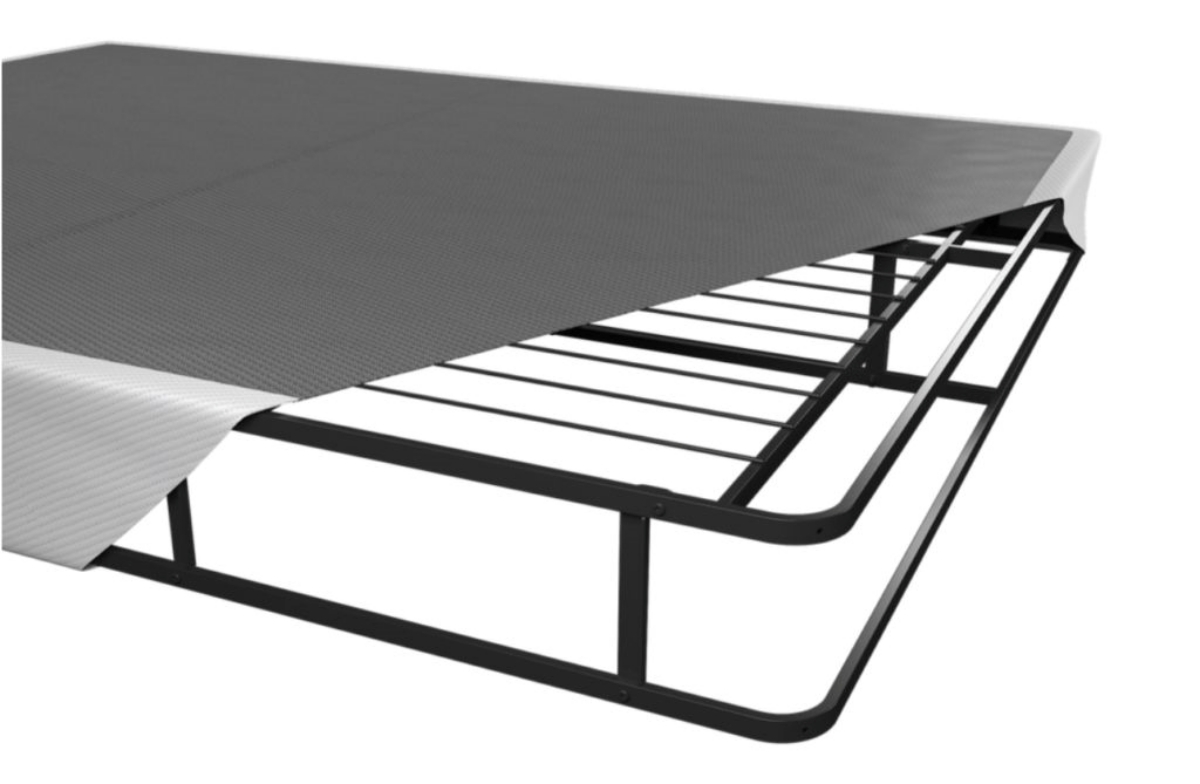
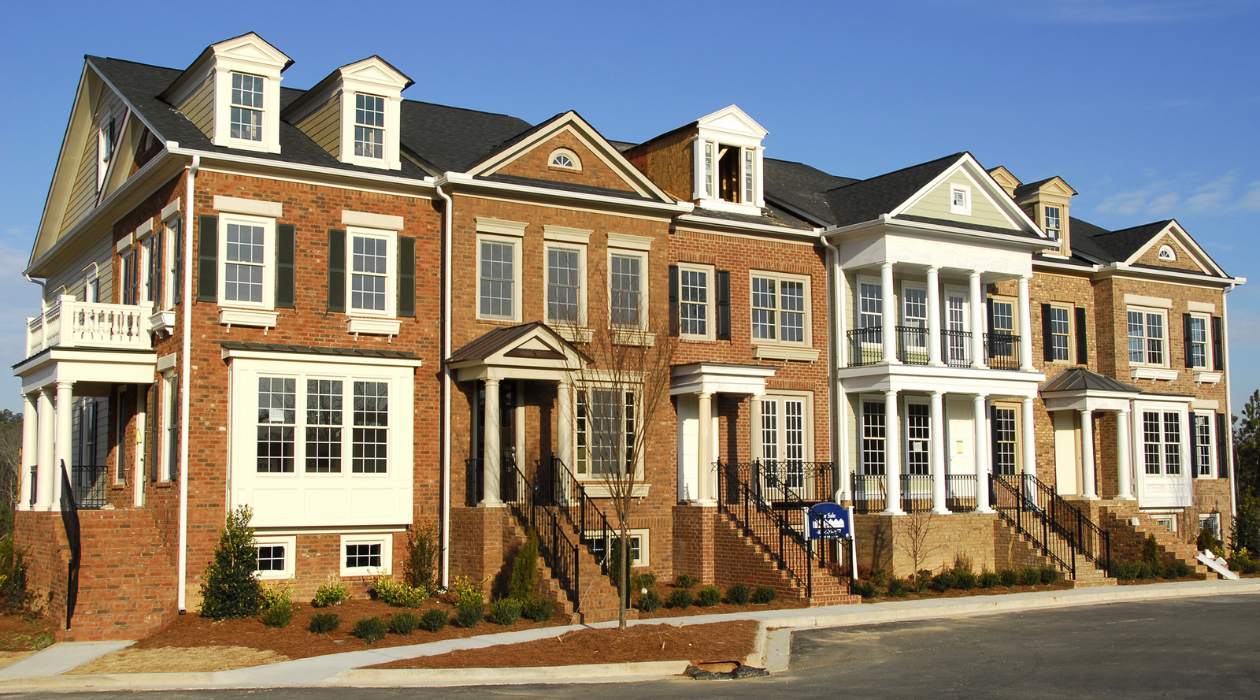
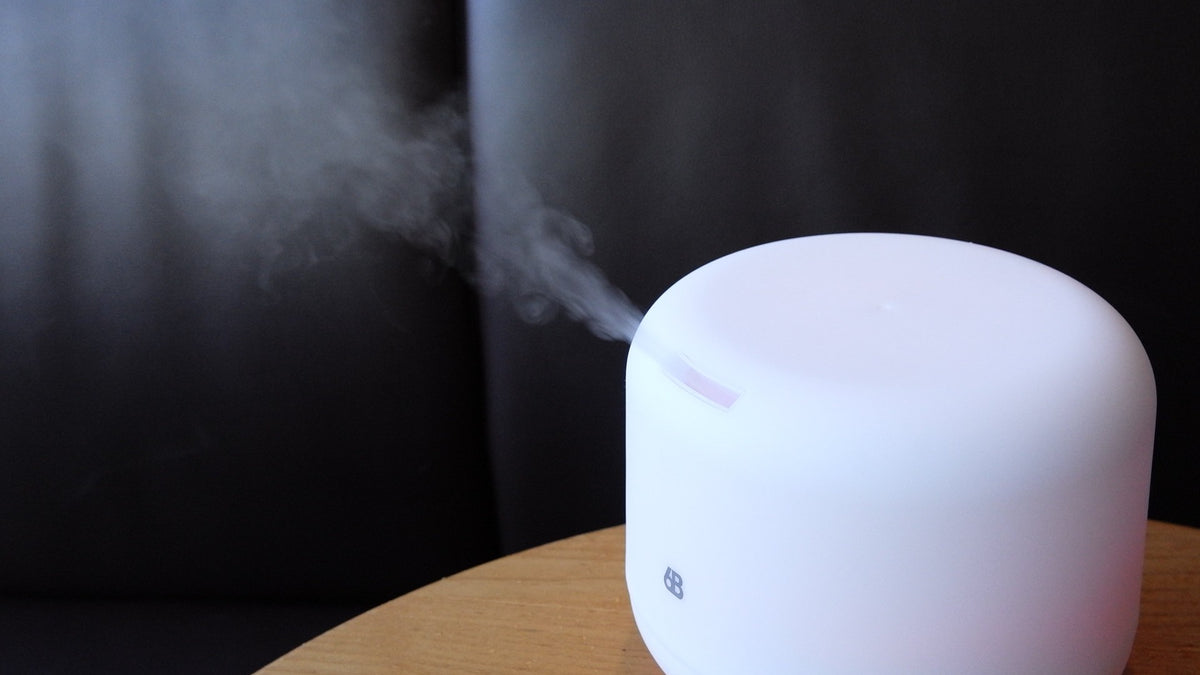
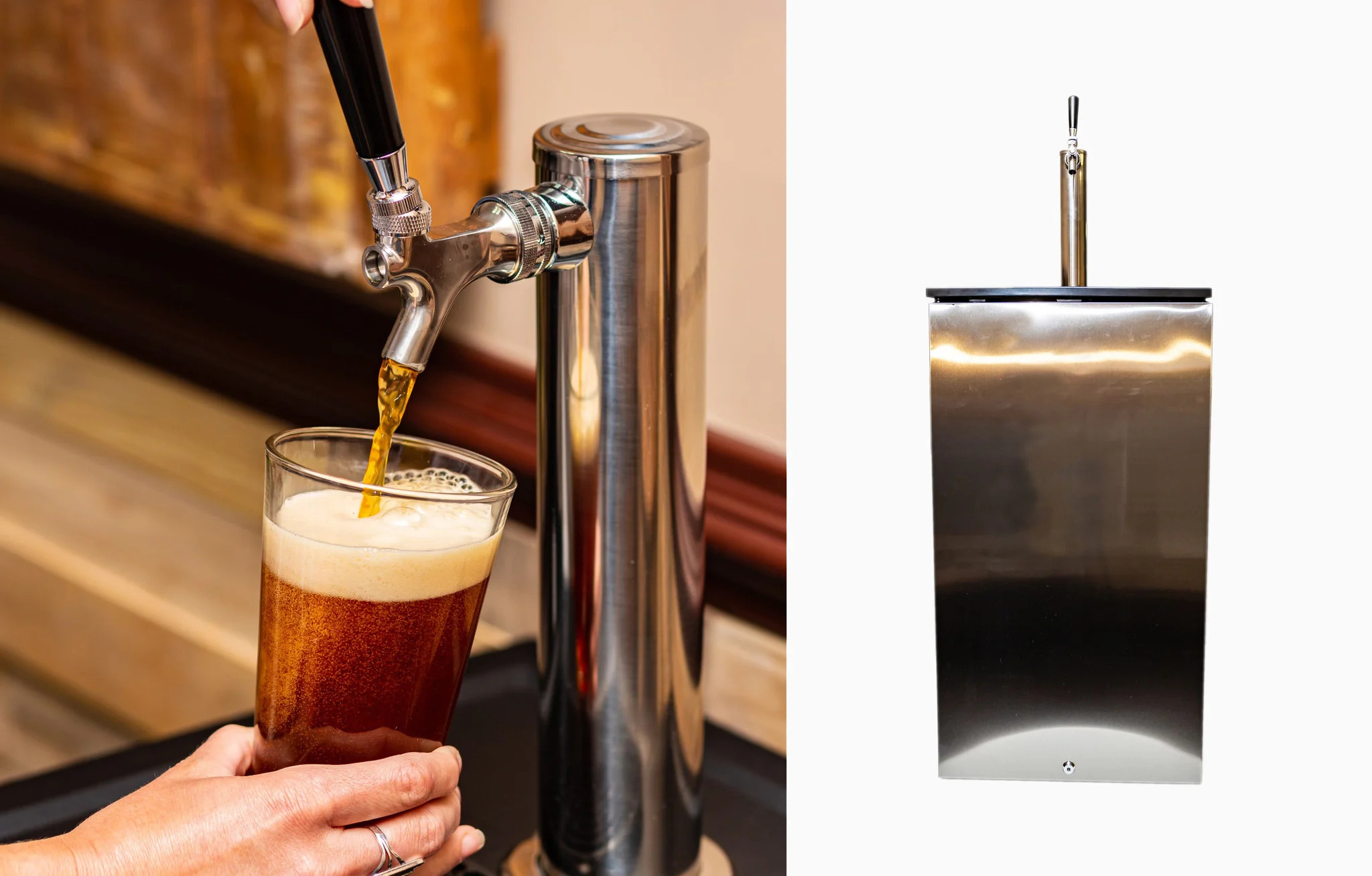
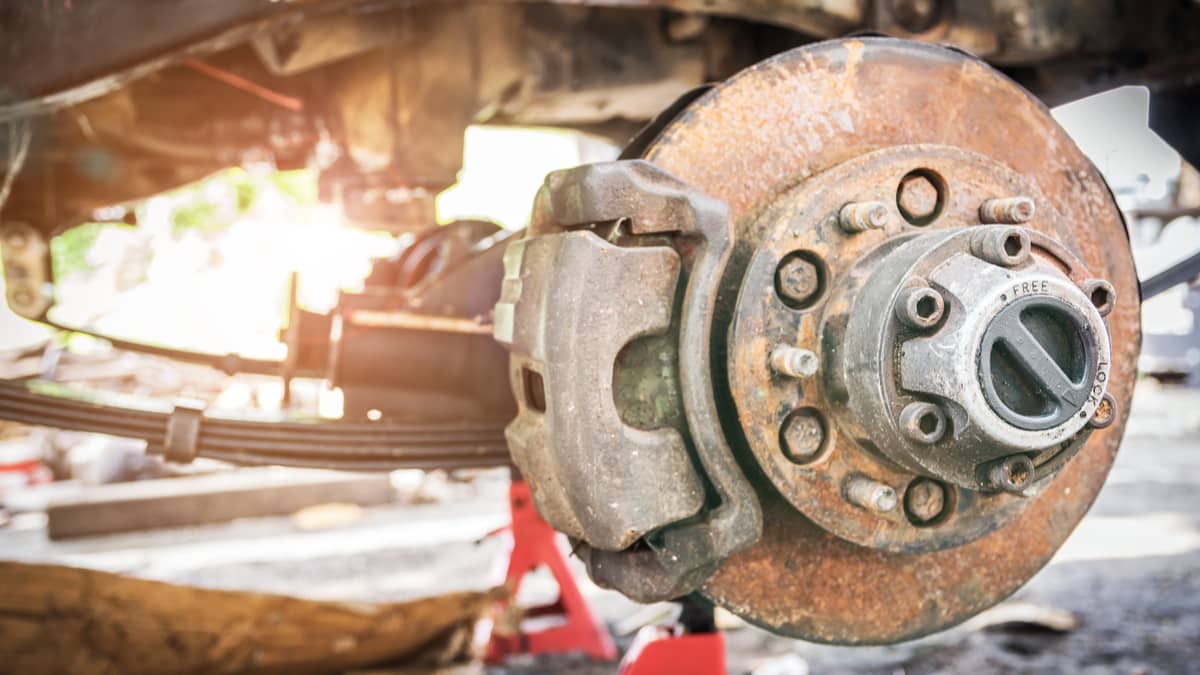

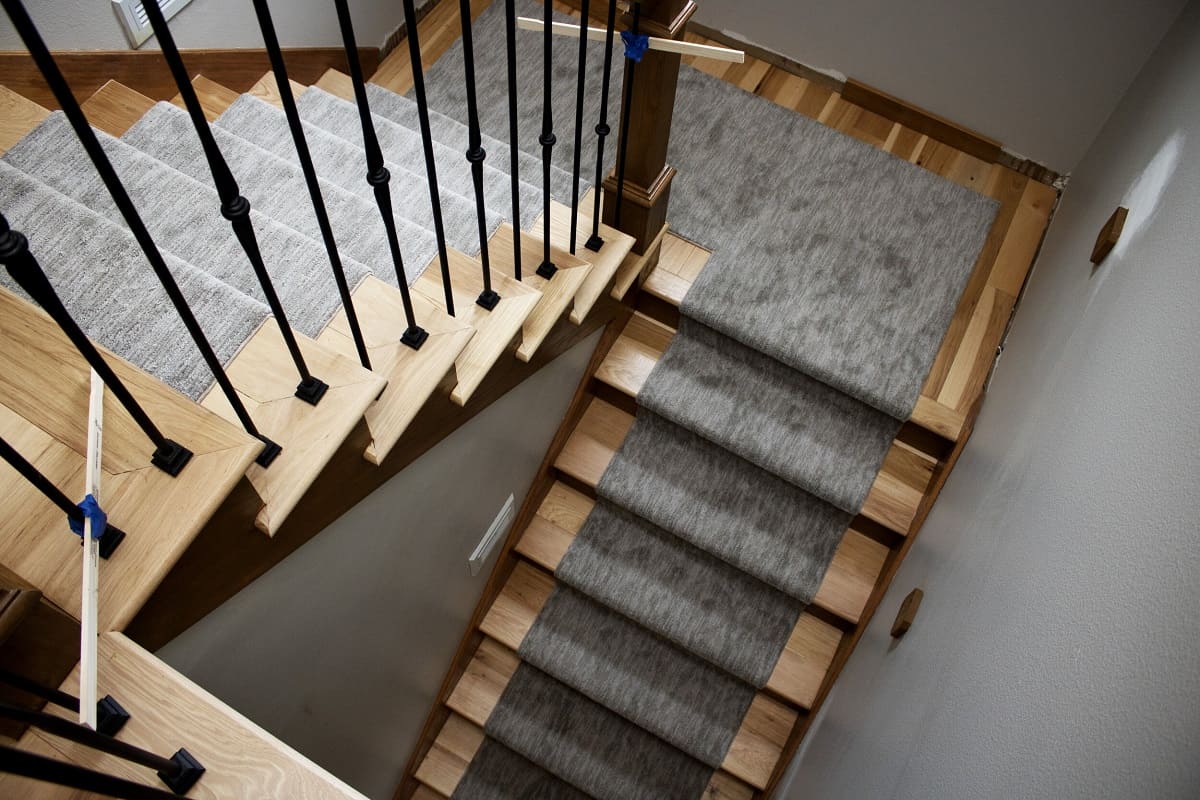
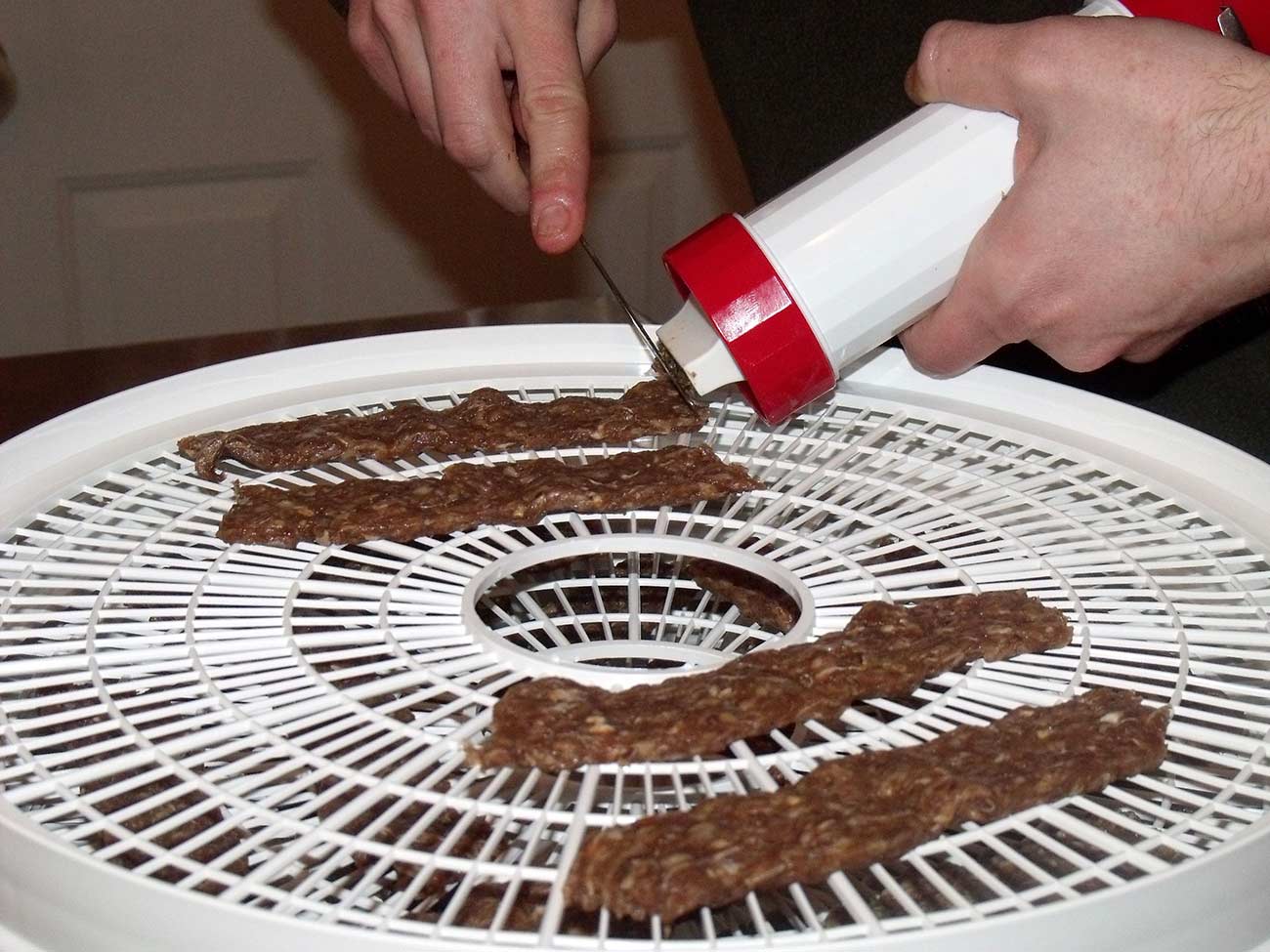
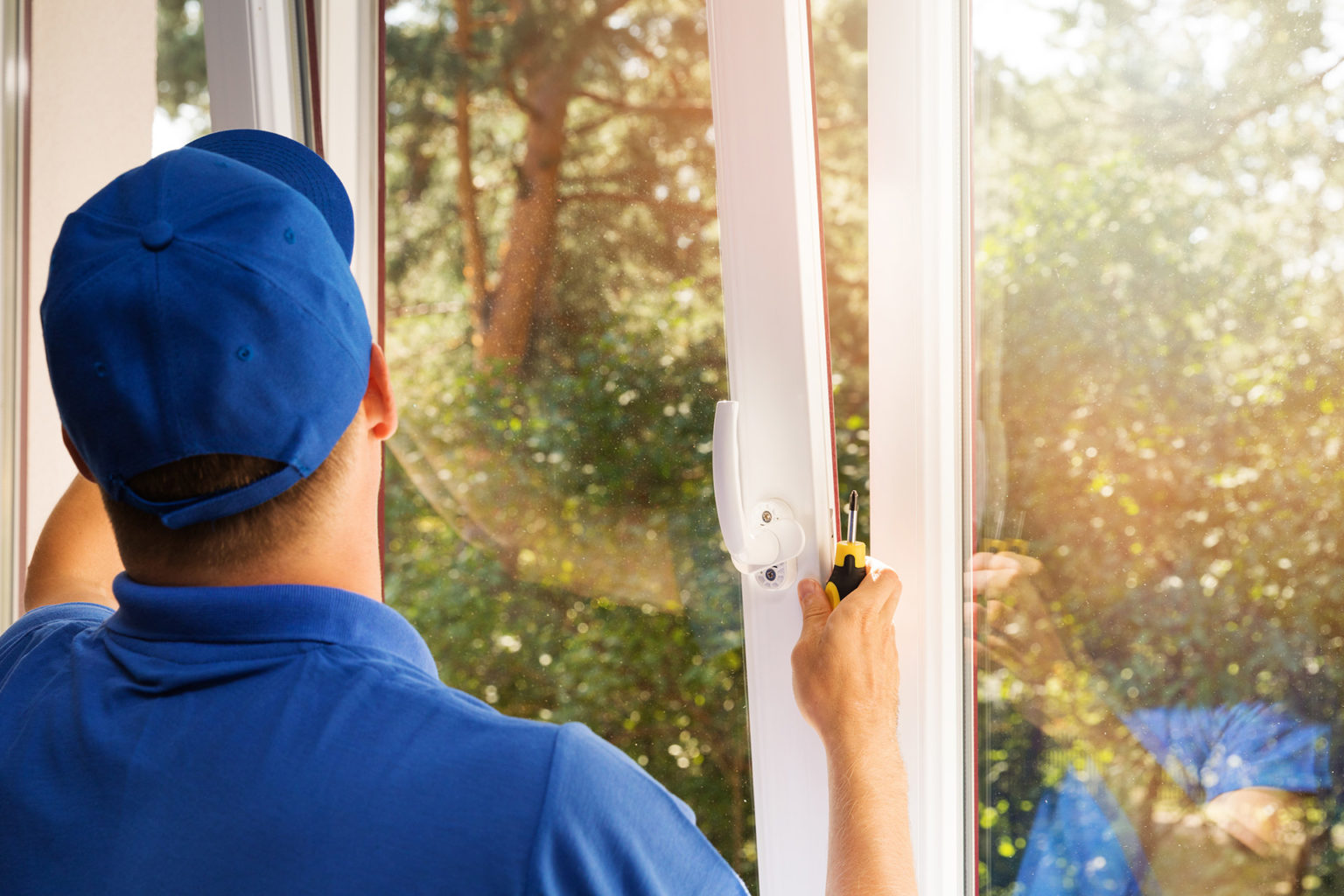


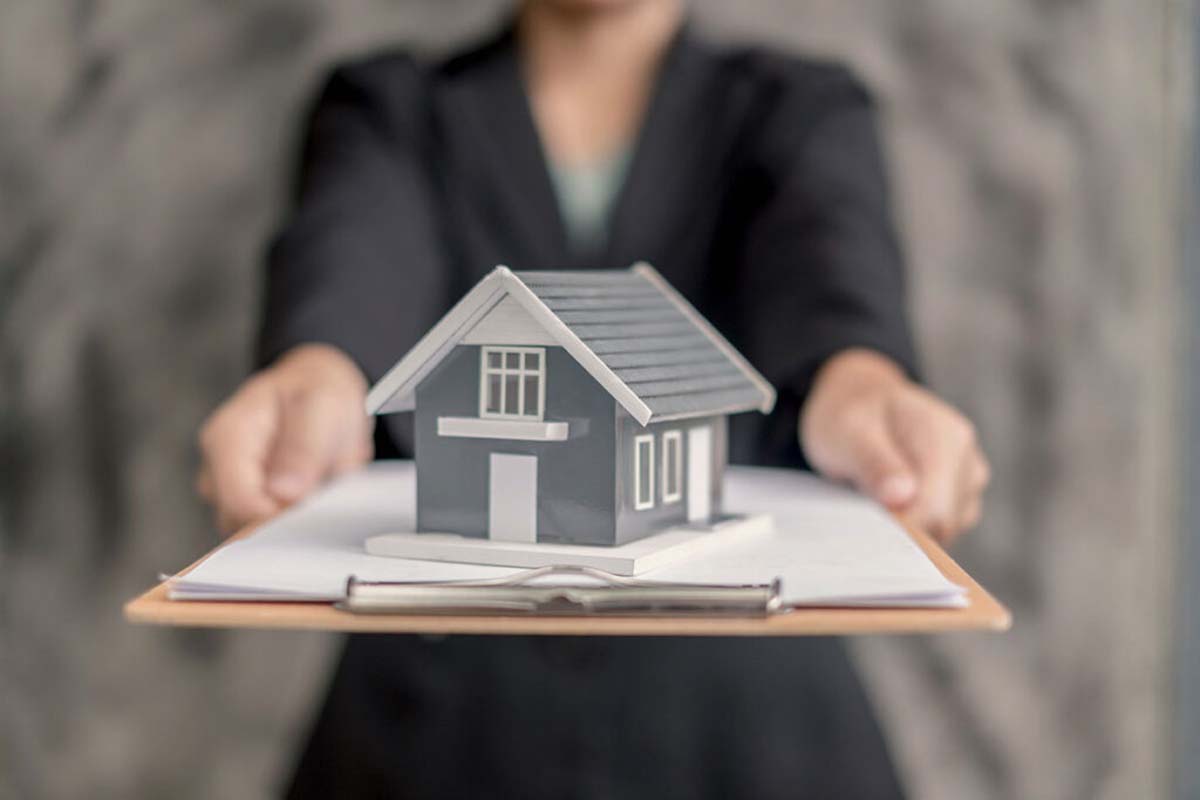

0 thoughts on “How Do You Know When You Need A New Roof”